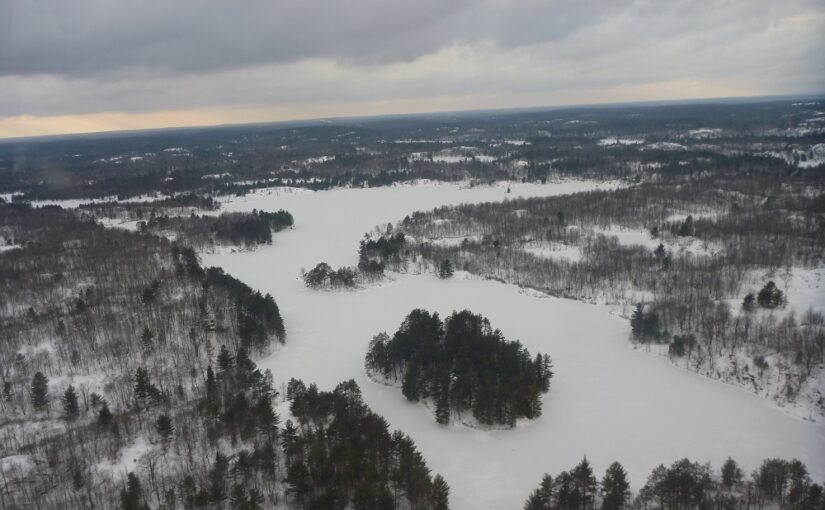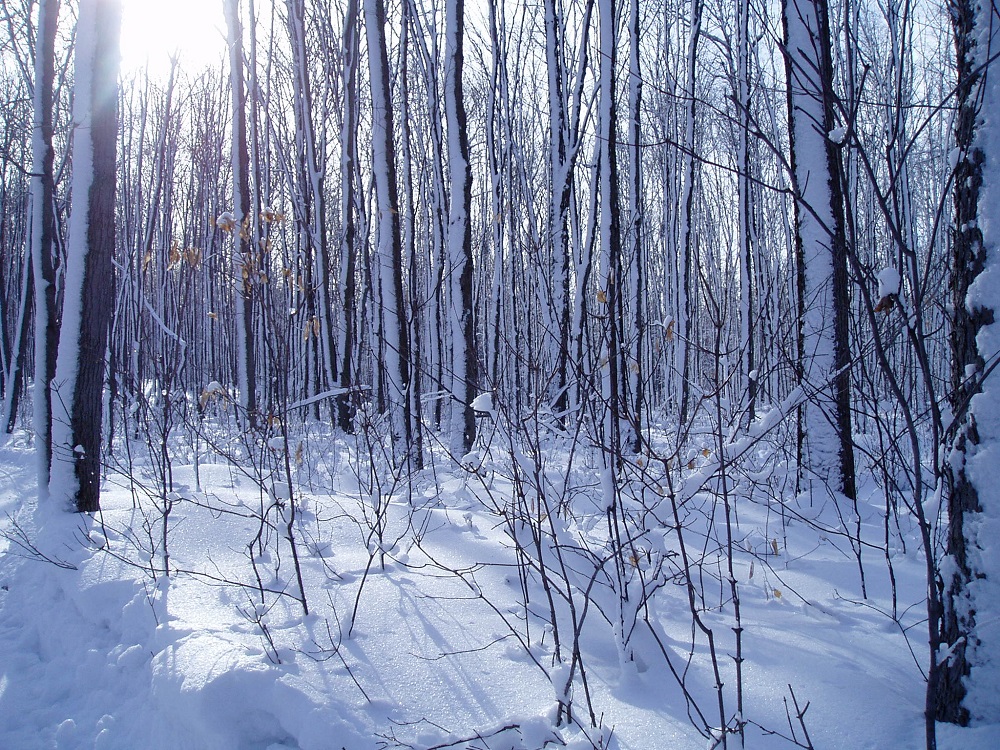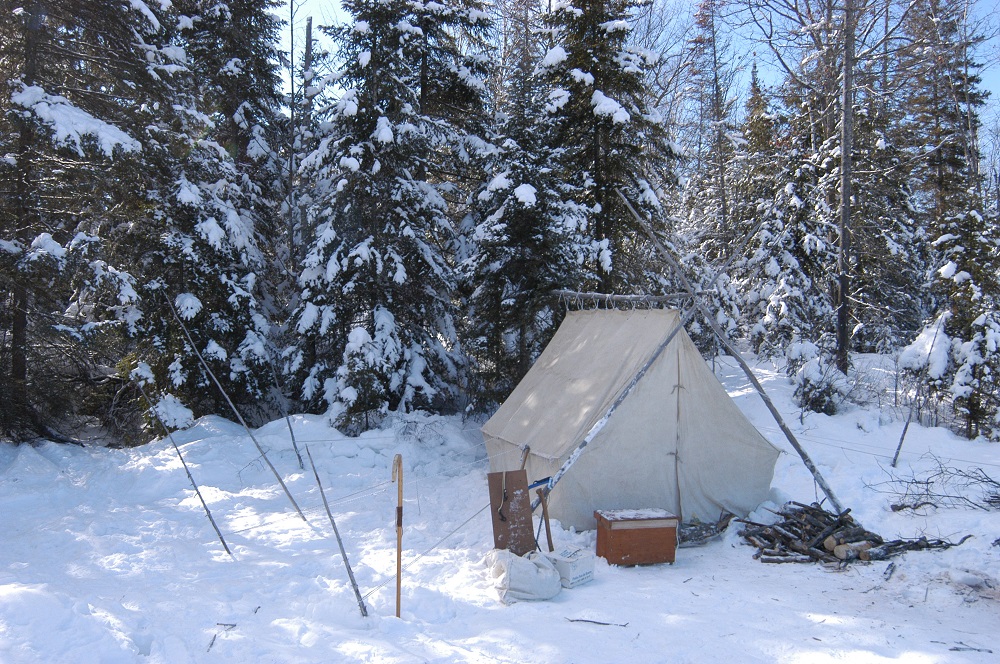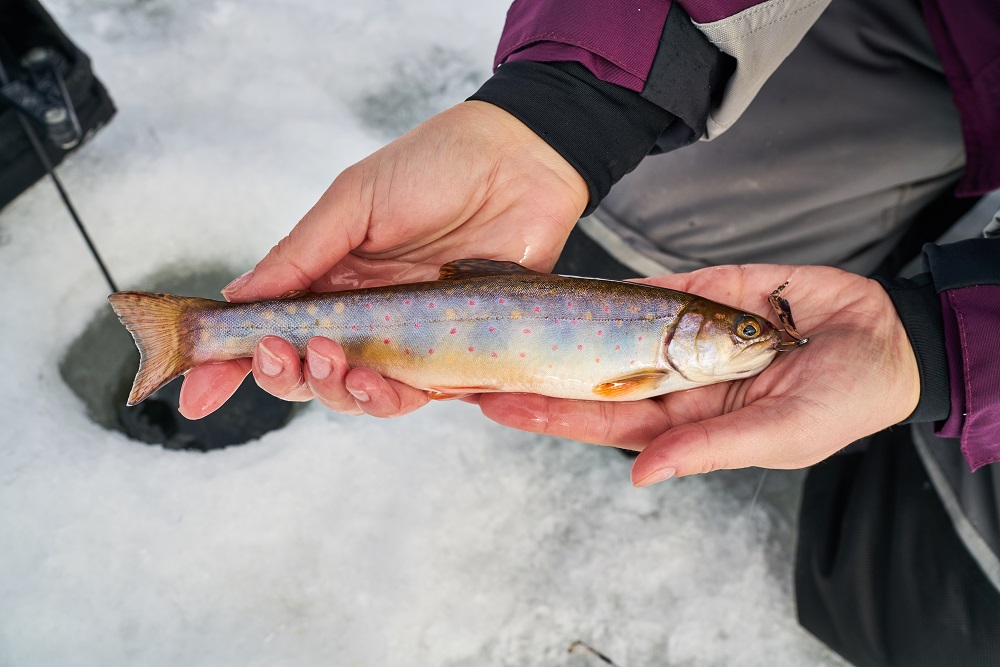So you’re no stranger to camping but want a new adventure? Or maybe you’ve invested some money in winter camping gear?
Congratulations! Kawartha Highlands Provincial Park offers the perfect opportunity for those looking to get into winter camping.
Just a couple hours outside of the GTA and three hours west of Ottawa, any weekend warrior looking for a new adventure will hear this park calling their name.
Here’s everything you need to know to make your foray into winter camping at Kawartha Highlands memorable, safe, and successful:
1. Be prepared
Camping in winter is much more challenging than in the summer, so it’s best to go with one or more people who are experienced.
Need a refresher on a few basics? We’ve got a blog that gives you the 101 on winter camping.
Still have questions? Call the park office for trip planning advice at 613-332-3940 ext. 261.
Arriving at your campsite at Kawartha Highlands may require travelling over ice. Ice safety is everyone’s responsibility — park staff can’t tell you when it is or is not safe.
Please inform yourself and plan accordingly.
We recommend starting by reading our blog about ice fishing safety and our page on winter safety. Review and remember the content. Safety is your responsibility.
2. Accessing the park
Not all access points are maintained in the winter.
Park staff are here and happy to assist with trip planning. If you’re new to winter camping in Kawartha Highlands, please call the park office at 613-332-3940 ext. 261 for advice.
Kawartha Highland campers use snowshoes, skis, and winter boots to get to their campsites.
If you have a lot of equipment, a toboggan will be your best friend, but remember to not pack more weight than you can pull!
3. This is a semi-wilderness park
Winter offers a unique experience in nature — cold, clear nights for star-gazing and blissfully quiet days.
You’ll have the chance to spot deer, moose, coyote, wolves, and any number of winter birds.
As a semi-wilderness park, you may also hear the sound of snowmobiles or other motorized vehicles.
4. Know where to pitch your tent
If you’re backcountry winter camping anywhere in Ontario Parks, you need to camp 30 m from portage trails or shorelines. This includes all campsites in Kawartha Highlands.
That means a lot of the park is off-limits for tents in the summer.
But the options are wide open during the winter!
5. How to reserve and obtain your permit
Permits are required year-round for camping at Kawartha Highlands.
Although you are unable to stay on a designated campsite in winter, it is recommended to reserve the closest campsite to where your plan to stay for emergency purposes.
6. Planning on ice fishing?
Kawartha Highlands is a dream come true for ice anglers!
Many of the lakes are stocked with a wide variety of fish.
Please review the Ontario Fishing Regulations before dropping a hook or drilling a hole.





